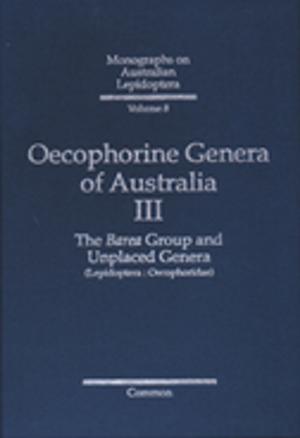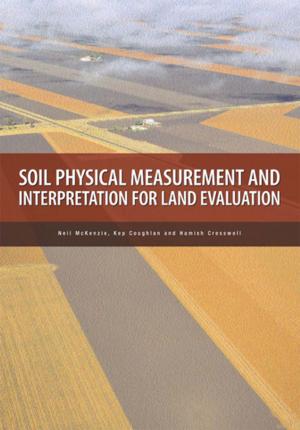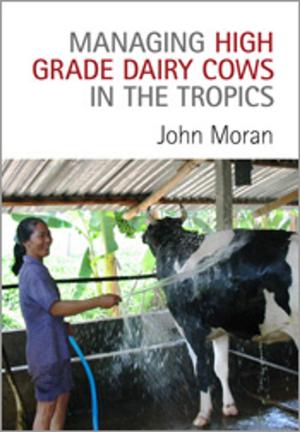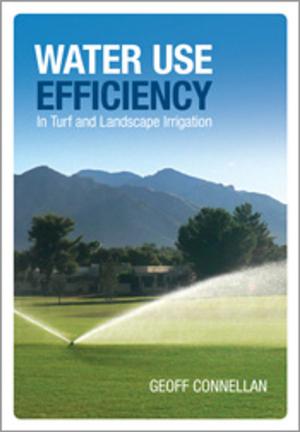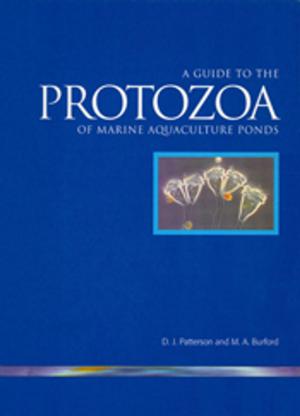Oil Spill Monitoring Handbook
Nonfiction, Science & Nature, Nature, Science, Health & Well Being, Health| Author: | ISBN: | 9781486306367 | |
| Publisher: | CSIRO PUBLISHING | Publication: | October 3, 2016 |
| Imprint: | CSIRO PUBLISHING | Language: | English |
| Author: | |
| ISBN: | 9781486306367 |
| Publisher: | CSIRO PUBLISHING |
| Publication: | October 3, 2016 |
| Imprint: | CSIRO PUBLISHING |
| Language: | English |
Oil spills can be difficult to manage, with reporting frequently delayed. Too often, by the time responders arrive at the scene, the slick has moved, dissolved, dispersed or sunk. This Oil Spill Monitoring Handbook provides practical advice on what information is likely required following the accidental release of oil or other petroleum-based products into the marine environment. The book focuses on response phase monitoring for maritime spills, otherwise known as Type I or operational monitoring. Response phase monitoring tries to address the questions – what? where? when? how? how much? – that assist responders to find, track, predict and clean up spills, and to assess their efforts. Oil spills often occur in remote, sensitive and logistically difficult locations, often in adverse weather, and the oil can change character and location over time. An effective response requires robust information provided by monitoring, observation, sampling and science. The Oil Spill Monitoring Handbook completely updates the Australian Maritime Safety Authority’s 2003 edition of the same name, taking into account the latest scientific advances in physical, chemical and biological monitoring, many of which have evolved as a consequence of major oil spill disasters in the last decade. It includes sections on the chemical properties of oil, the toxicological impacts of oil exposure, and the impacts of oil exposure on different marine habitats with relevance to Australia and elsewhere. An overview is provided on how monitoring integrates with the oil spill response process, the response organisation, the use of decision-support tools such as net environmental benefit analysis, and some of the most commonly used response technologies. Throughout the text, examples are given of lessons learned from previous oil spill incidents and responses, both local and international. General guidance of spill monitoring approaches and technologies is augmented with in-depth discussion on both response phase and post-response phase monitoring design and delivery. Finally, a set of appendices delivers detailed standard operating procedures for practical observation, sample and data collection. The Oil Spill Monitoring Handbook is essential reading for scientists within the oil industry and environmental and government agencies; individuals with responder roles in industry and government; environmental and ecological monitoring agencies and consultants; and members of the maritime sector in Australia and abroad, including officers in ports, shipping and terminals.
Oil spills can be difficult to manage, with reporting frequently delayed. Too often, by the time responders arrive at the scene, the slick has moved, dissolved, dispersed or sunk. This Oil Spill Monitoring Handbook provides practical advice on what information is likely required following the accidental release of oil or other petroleum-based products into the marine environment. The book focuses on response phase monitoring for maritime spills, otherwise known as Type I or operational monitoring. Response phase monitoring tries to address the questions – what? where? when? how? how much? – that assist responders to find, track, predict and clean up spills, and to assess their efforts. Oil spills often occur in remote, sensitive and logistically difficult locations, often in adverse weather, and the oil can change character and location over time. An effective response requires robust information provided by monitoring, observation, sampling and science. The Oil Spill Monitoring Handbook completely updates the Australian Maritime Safety Authority’s 2003 edition of the same name, taking into account the latest scientific advances in physical, chemical and biological monitoring, many of which have evolved as a consequence of major oil spill disasters in the last decade. It includes sections on the chemical properties of oil, the toxicological impacts of oil exposure, and the impacts of oil exposure on different marine habitats with relevance to Australia and elsewhere. An overview is provided on how monitoring integrates with the oil spill response process, the response organisation, the use of decision-support tools such as net environmental benefit analysis, and some of the most commonly used response technologies. Throughout the text, examples are given of lessons learned from previous oil spill incidents and responses, both local and international. General guidance of spill monitoring approaches and technologies is augmented with in-depth discussion on both response phase and post-response phase monitoring design and delivery. Finally, a set of appendices delivers detailed standard operating procedures for practical observation, sample and data collection. The Oil Spill Monitoring Handbook is essential reading for scientists within the oil industry and environmental and government agencies; individuals with responder roles in industry and government; environmental and ecological monitoring agencies and consultants; and members of the maritime sector in Australia and abroad, including officers in ports, shipping and terminals.




